Ibiza now has PEC TAC at the Vila Park Clinic
Clínica Vila Parc will be the first clinic on the island of Ibiza and the second on the Balearic Islands to introduce a PET-CT scanner.
PET-CT offers the possibility of early detection of lesions which, until now, with other technologies, was practically impossible.
It is especially indicated for the diagnosis and monitoring of oncology patients, which will allow early detection of both the primary disease and possible relapses.
The Vila Parc Clinic incorporates nuclear medicine in its portfolio of services, in its great commitment to improve the health in the Pitiusas islands. The newcomer to Vila Parc is the equipment Nº91 in the whole Spanish territory, and it will mean a before and an after in the diagnosis of many diseases, mainly oncological ones.
Nuclear Medicine is the medical speciality that diagnoses, evaluates and treats various types of illnesses. These include oncological processes, infectious diseases, heart disease, as well as gastrointestinal, endocrine, neurological and other medical conditions.
The examinations or diagnostic tests performed in nuclear medicine identify specific metabolic/molecular alterations for each type of tissue or organ, which allows the detection of diseases in their earliest stages, as well as evaluating the level of response to different therapies, mainly oncological ones.
It is a minimally invasive speciality and does not require complex technical procedures. The imaging tests are similar to other better known tests such as CT or MRI, and in many cases with less radioactive exposure.
The imaging study with the greatest impact is PET-CT. It is a test that combines two different technologies in a single machine: Positron Emission Tomography (PET) + Computed Tomography (CT).
PET, in itself, is a non-invasive diagnostic technique that allows the visualisation of metabolic activity inside the body using a "contrast" made up of glucose and a positron-emitting radioisotope (F18). The procedure is based on the fact that, in certain pathologies, mainly oncological ones, there is a significant consumption of glucose due to high cell replication, so that the administration of this "contrast" will allow us to detect the presence of tumour activity very early, both in the initial stages of the disease and in the case of possible relapses. This has marked a turning point in medical oncology, making it possible to treat patients in the earliest stages of the disease and to determine the true extent of the disease, which will have a significant impact on survival.
With the passage of time, and thanks to major technological advances, it has been possible to merge the metabolic or functional PET image with the anatomical/structural image obtained with CT (computed tomography) in the same equipment and procedure, avoiding unnecessary radiological overexposure and notably improving the precision (sensitivity and specificity) of the study.
As we have already mentioned, the importance of early diagnosis will lie in an increase in survival, as well as in a better and faster recovery of patients, allowing for less invasive treatments and a better quality of life. In the fight against cancer, early diagnosis plays in favour of the patient's life.
Patients can rest assured that the test is performed on an outpatient basis, without the need for hospitalisation. The only preparation is to eat a low-carbohydrate diet during dinner the day before and then fast for at least 4 hours before the scheduled time for the test. There may be some exceptions, especially in the case of diabetic patients, so this is important information that should be provided to the nuclear medicine staff at the time of requesting a PET-CT scan.
Finally, once the patient arrives at the nuclear medicine department, he/she will be taken to an individual room, called the injection room, where a nuclear medicine nurse will insert a peripheral line through which the "contrast" will be injected. After the injection, the patient will have to rest for approximately 50 minutes, a time that many patients use to read, listen to music or simply rest. After this period of time, which is necessary for the administered "contrast" to fixate on the possible areas of disease, the patient will go to the PET-CT room where the imaging study will be carried out, a procedure that lasts approximately 20 minutes. Once the procedure has been completed, the patient can return home and lead a normal life.
More and more specialties are relying on PET-CT studies due to their high diagnostic profitability, the main one being oncology, but without forgetting others such as neurology (in the case of the study of dementias such as Alzheimer's disease), internal medicine, cardiology, endocrinology and many others.
In addition, in a few days, the Vila Parc clinic will open a new operating theatre and hospitalisation area.
Details are being finalised for the opening of the two new operating theatres and 5 rooms, located on floor 0 of the building.
The operating theatres are equipped with the latest technology, leading brands and designed for any type of major outpatient surgery with maximum safety for patients.



